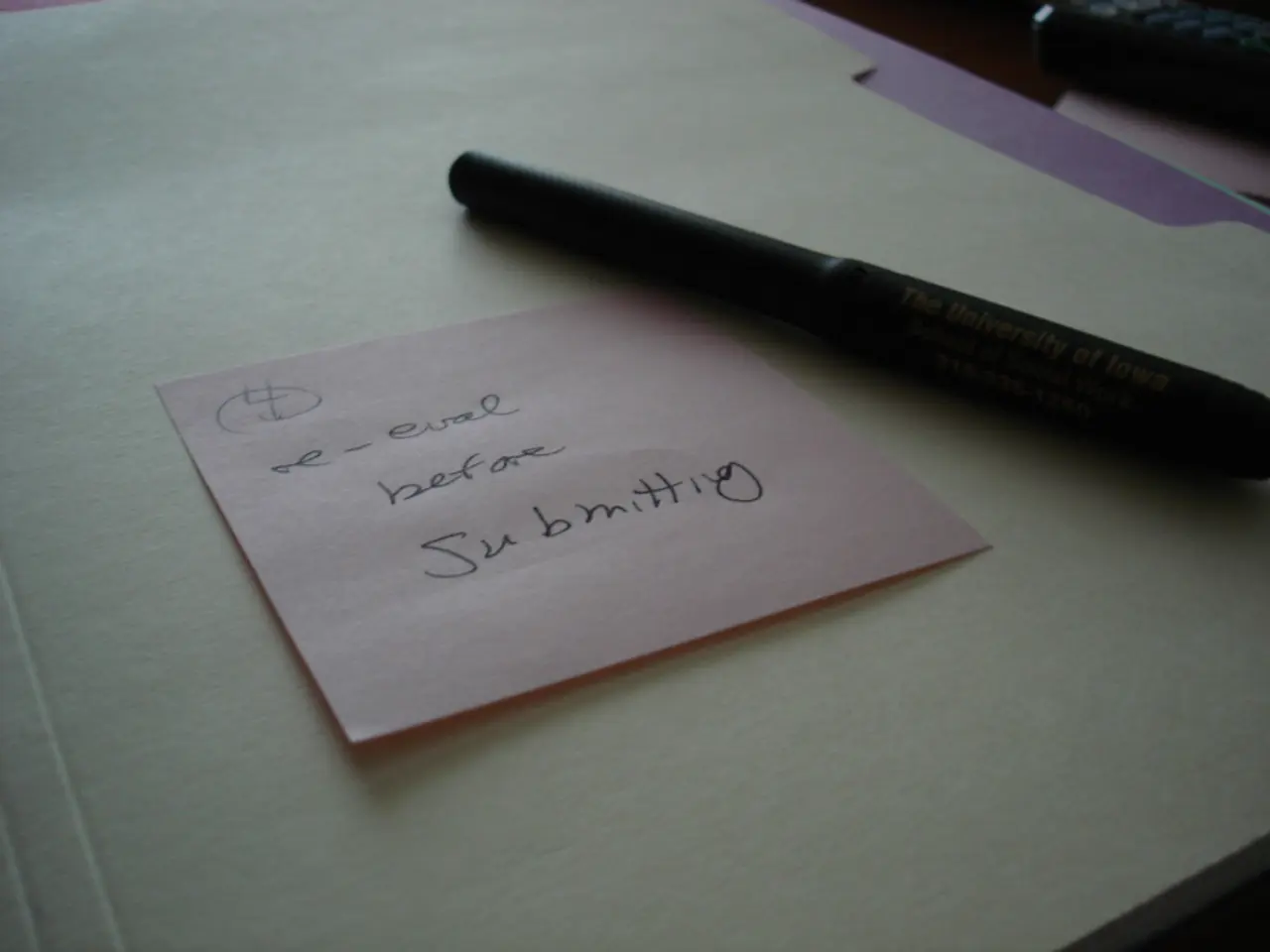Efficient Approaches to Jotting Down Information for Social Studies Lessons (Cornell Notes and Alternative Techniques)
In the realm of social studies, learning doesn't have to be a one-dimensional experience. By incorporating visual aids and adopting effective note-taking methods, students can enhance their understanding and retention of complex, multidisciplinary content.
Effective note-taking techniques, such as Cornell Notes, mind mapping, and the use of visual aids, promote active engagement, organization, and visual connection of information. These methods help students go beyond simple transcription to deeper processing, critical thinking, and meaningful review.
Cornell Notes, for instance, improve retention by dividing notes into sections: a cue column for questions or prompts, a main note-taking area for key facts, and a summary section for reflection. This structured format encourages students to process and summarize information in their own words, reinforcing comprehension and facilitating easier review later.
Mind mapping, on the other hand, visually organizes information around a central theme with branches representing related ideas. This method supports understanding of complex or interconnected social studies concepts by enabling students to see relationships and hierarchies clearly.
Visual aids, such as charts, graphs, sketches, icons, and diagrams, make abstract or dense information more concrete and memorable. Using color coding and symbols taps into visual learning strengths, helping students, especially those with attention challenges, to engage more deeply and retain details better.
These methods collectively foster active learning, better organization of ideas, and critical thinking. By synthesizing information from history, politics, geography, and culture, students can make their study sessions more efficient and exam preparation more successful.
Moreover, revising notes actively (e.g., by adding cues or summarizing) rather than passively rereading leads to deeper understanding and longer-lasting memory. To maintain digital notes, students can maintain a separate folder for each class, date each note session, and title their pages or digital entries with the topic.
Technology also plays a significant role in note-taking, enabling students to embed timelines, maps, and links to external resources. Digital note-taking tools can cater to multiple learning styles and offer features that traditional notes might lack.
To ensure notes remain organized over the course of a semester, students should stick to one note-taking method, set aside time each week to scan through their notes, and create a 'Master Note' document to periodically collate summaries for broader revisions for exams.
In conclusion, adopting effective note-taking methods and incorporating visual aids can significantly enhance students' understanding and retention in social studies. By promoting active learning, organization, and critical thinking, these techniques empower students to master the complex, multidisciplinary content of social studies more efficiently.
In the realm of social studies education-and-self-development, students can utilize various note-taking methods such as Cornell Notes and mind mapping to foster active learning, organization, and critical thinking. Cornell Notes improve retention by encouraging students to process and summarize information in their own words, while mind mapping visually organizes complex concepts around central themes. Moreover, implementing visual aids, like charts, graphs, icons, and diagrams, aids comprehension and memory retention, particularly for those with attention challenges. Revising notes actively, by adding cues or summarizing, helps further understanding and leads to longer-lasting memory. Lastly, technology can be harnessed to embed timelines, maps, and links to external resources, catering to multiple learning styles and offering features traditional notes may lack. These techniques ultimately empower students to excel in their personal-growth and master the complex, multidisciplinary content of social studies more efficiently.




